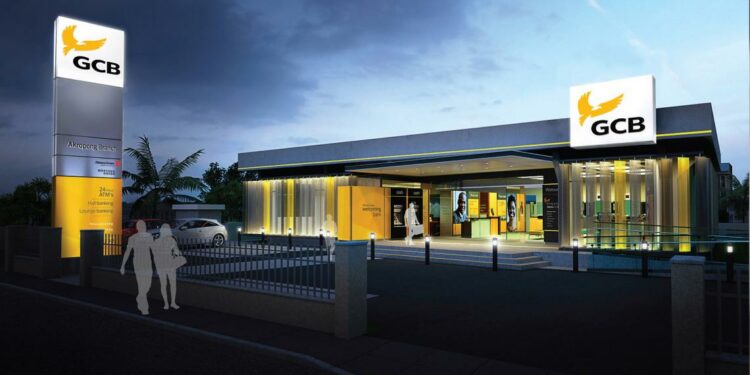GCB asset value jumps to GHS 30bn; net profit rise to GHS 240m at end-Q1 2024
Regarding the bank’s loan asset quality, GCB witnessed a slight deterioration in its loan asset quality as its non-preforming loan ratio inched up from 20.2% in Q1 2023 to 22% in Q1 2024 indicating a slight weakening of the bank’s loan recovery mechanisms or strategies.
- Advertisement -
Total asset value of State-owned Bank, GCB Bank, rose to GHS 30.1bn at the close of the first quarter of this year – 2024.
Compared to the GHS 24.1bn total asset value recorded same period last year – Q1 2023 – this indicates a year-on-year increase of some GHS 6bn in assets value.
- Advertisement -
A perusal of the Bank’s Q1 2024 financial statement reveals that the growth in assets value was driven by increments in cash and cash equivalents (GHS 7.2bn) and investment securities (GHS 13.1bn).
- Advertisement -
Loans and advances to customers which also account for the growth in assets value, increased marginally to GHS 6.7bn at end-Q1 2024.
Liabilities of GCB driven mainly by deposits from customers rose to GHS 27.1bn at the end of the first quarter of 2024.
Deposits from GCB customers grew by some GHS 5bn yoy to GHS 24.4bn from GHS 19.4bn in Q1 2023.
Growth in deposits at the Bank indicates customer confidence in the bank and further strengthens the state-owned bank’s credit creation ability.
- Advertisement -
Net profit recorded by GCB for the review period amounted to GHS 240m, a significant improvement from the GHS 190m net profit recorded same period last year.
Based on the recorded net profit for Q1 2024, earnings per share for shareholders rose to GHS 3.62 as against the earnings per share of GHS 2.87 posted in Q1 2023.
GCB recorded a marginal improvement in its capital adequacy ratio (CAR) with the bank’s CAR reaching 19.1% at end-Q1 2024 from 18.5% at end-Q1 2023.
The bank’s 19.1% CAR at end-Q1 2024 remains fairly above the Bank of Ghana’s regulatory minimum CAR of 13%.
Regarding the bank’s loan asset quality, GCB witnessed a slight deterioration in its loan asset quality as its non-preforming loan ratio inched up from 20.2% in Q1 2023 to 22% in Q1 2024 indicating a slight weakening of the bank’s loan recovery mechanisms or strategies.
Source: Norvanreports
- Advertisement -


